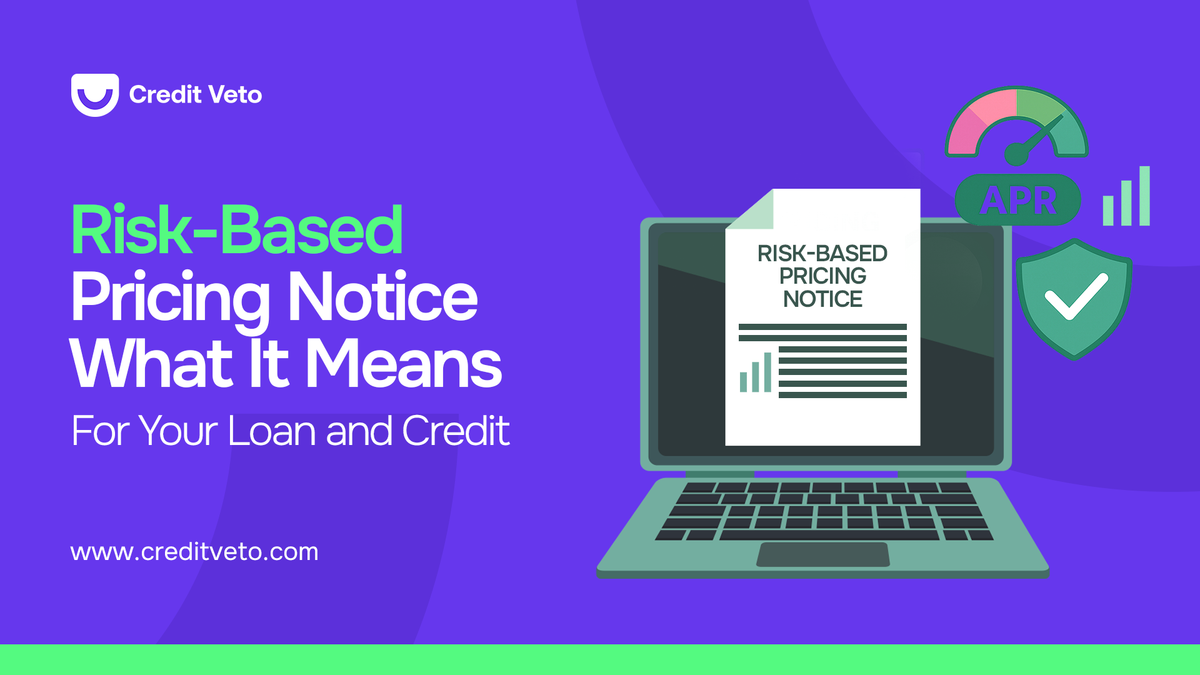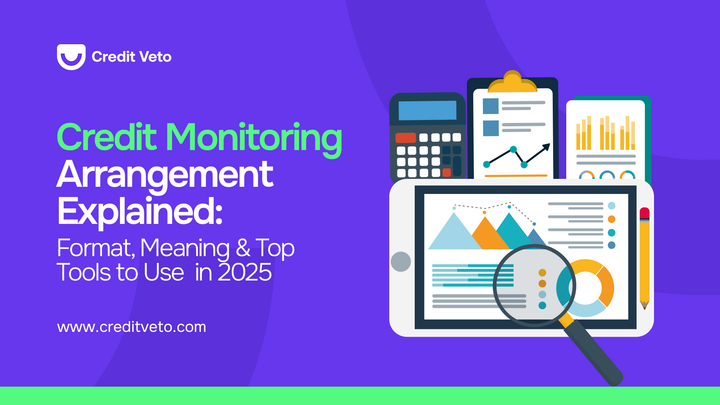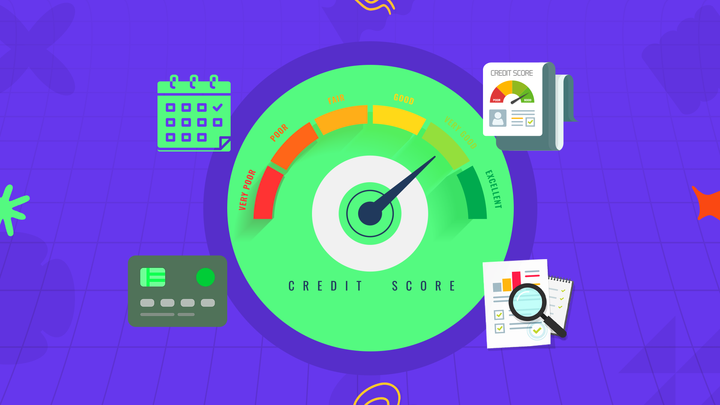Risk-Based Pricing Notice: What It Means for Your Loan and Credit
Received a risk-based pricing notice? Understand why, what to check on your credit report, and how to strengthen your credit profile for lower rates.

You’ve been offered credit, but the rate feels higher than you expected. Then a letter or email arrives called a risk-based pricing notice. What is it, why did you get it, and what should you do?
Short answer: a risk-based pricing notice (RBPN) tells you that the lender used your credit report to set less-favourable terms. For example, a higher APR than what other consumers with stronger credit profiles get. It’s a transparency requirement under federal rules, meant to help you understand the “why” behind your pricing and what to check in your report.
What is risk-based pricing?
Risk-based pricing means lenders set rates and terms based on a borrower’s likelihood of repaying. Strong credit histories usually get lower APRs; riskier profiles pay more to compensate for default risk. This approach is now standard across credit cards, auto loans, personal loans, and mortgages.
Because your credit report and credit score are inputs to a lender’s loan pricing model, changes in your file can nudge your APR up or down. That’s why monitoring matters and why the rule exists: if your terms are worse because of information in a report, you should be told.
What is a risk-based pricing notice?
A risk-based pricing notice is a standardized disclosure lenders must provide when they use a consumer report to grant or review credit on materially less favorable terms than those offered to a substantial proportion of other applicants. The notice explains that your report influenced the pricing and tells you how to obtain your report and check the information.
There’s also a common alternative many creditors use: the credit score disclosure exception. Instead of sending RBPNs only to people with worse-than-best terms, a lender may provide a credit score disclosure to all applicants that includes the score used and key factors affecting it. Using the model forms for this exception satisfies the rule’s requirements.
Risk-based pricing vs. adverse action: what’s the difference?
- Risk-based pricing notice: You were approved, but at worse terms than top-tier customers because of information in your report.
- Adverse action notice: You were denied, or you received a less favorable decision (like a reduced limit) for specific reasons.
Both are tied to your credit report, but they trigger in different scenarios.
When is a risk-based pricing notice required?
Creditors generally must provide an RBPN when they use a consumer report to set terms and the terms are materially less favorable than those available to a substantial portion of other consumers. The regulation describes several operational ways creditors can determine who should get the notice (e.g., credit-score cutoff or tiered pricing approaches).
There are exceptions; most notably, when a creditor uses the credit score disclosure exception notice for everyone, or when a firm offer of credit is made from a prescreened list (that use doesn’t trigger an RBPN).
What must the notice include?
Regulations specify what an RBPN must say. In plain English, it needs to tell you:
- A consumer report includes information about your credit history.
- That your terms (for example, the APR) were set using information from a report.
- That your credit report can be obtained and where to get it.
- If a credit score was used, the notice must include the score, the date it was created, the range of possible scores, and the key factors that adversely affected it (generally up to four factors; five if one is “number of inquiries”).
To make compliance easier, the CFPB provides model forms creditors can use. If used properly, those forms are deemed to comply.
How may the risk-based pricing notice be provided?
The rule allows delivery orally, in writing, or electronically, and it must be clear and conspicuous. Timing depends on the credit type. For closed-end credit, it’s generally provided before consummation; for open-end, before the first transaction or within set timelines (for example, it may be included in the card mailing or sent within 30 days of approval, whichever is earlier).
If the lender uses the credit score disclosure exception, that disclosure must meet its own content and timing requirements.
Why you received an RBPN (and what it signals)
If you got a risk-based pricing notice, the lender’s loan pricing model compared your profile to others and put you in a tier with less favorable pricing. That might be due to:
- Recent late payments or high credit utilization.
- Thin file or limited history.
- Multiple recent inquiries.
- Public records or negative items.
Seeing the notice doesn’t mean you can’t qualify for better terms later. It’s a prompt to check your reports, correct inaccuracies, and optimize your profile.
What is pricing risk? (quick context you can use)
In credit, pricing risk is the process of turning borrower risk into a price, your APR, fees, and limit. Lenders look at payment history, credit mix, utilization, length of credit, inquiries, and sometimes income and collateral to estimate the probability of loss. That estimate maps to risk-based lending or credit-based pricing tiers.
- Risk-based lending: the practice of adjusting rates and terms by risk.
- Risk-based financing: a broader label often used in auto and retail financing where the APR and required down payment change with credit tier.
- Loan pricing model: the internal decisioning logic that translates credit data into an APR/fee/limit offer.
A small change in report data can move you between tiers. That’s why controlling utilization and on-time payments matters so much.
What to do after you receive a risk-based pricing notice (step-by-step)
1) Read the notice closely
Look for the credit score used, the range, and the key factors. Those factors tell you which areas to fix first (for example, “high balances relative to credit limits”).
2) Pull your reports from all three bureaus
Compare Experian, TransUnion, and Equifax side by side. You want to confirm the same story appears across all three. If you’re a Credit Veto user, centralize this with tri-bureau monitoring and alerts so you’re not chasing each bureau separately.
3) Check for errors before anything else
Incorrect late payments, duplicated accounts, mixed-file entries, or misreported limits can distort your score and your pricing tier. Note the dates, balances, and status for each item you question.
4) If you find inaccuracies, dispute them the right way
Under the FCRA, you can dispute inaccurate information. Provide clear explanations and supporting documents (ID, address, statements, correspondence). The bureau generally has 30 days to investigate (up to 45 in some cases). Use certified mail or in-app tracking so you have a clean record.
Credit Veto’s guided dispute workflow and document tracking keep everything organized from letter drafting to optional e-notarization and mailing, so you can fix errors without guesswork.
5) If the data is accurate, tackle the drivers of your price
Disputes won’t remove accurate negatives. Focus on the behaviors that move pricing tiers:
- Pay on time; set autopay or reminders.
- Lower utilization; target under 30%, then under 10% if possible.
- Avoid stacking inquiries; only apply when you’re ready.
- Build depth; keep old accounts open and in good standing.
6) Use the notice to plan your next application
If the notice highlights utilization and recent inquiries, give yourself a 90-day runway to improve both before applying again. Each percentage point of utilization you drop can help.
How the notice intersects with your everyday credit decisions
- Credit cards: Some issuers practice behavior-based repricing, raising your APR after a late payment, separate from the initial RBPN you might get. That’s another reason to automate on-time payments.
- Auto and retail: Risk-based financing can adjust both APR and down payment. Getting your utilization down before shopping can widen your options.
- Mortgages: Pricing grids can be steep. Even small score improvements can have meaningful impacts on monthly payment and lifetime cost.
These are all forms of credit-based pricing. The RBPN is simply the disclosure that makes the process visible and actionable for you.
A quick word on model forms (for completeness)
The CFPB publishes model forms for both the RBPN and the credit score disclosure exception (Appendix H). Lenders who use them properly are deemed in compliance. This doesn’t change your action steps, but it’s helpful to know what a legitimate notice looks like.
Put this to work: a simple action checklist
- Save the notice in your records.
- Pull tri-bureau reports and compare entries.
- Highlight inaccuracies and gather documents.
- Dispute errors cleanly and track every deadline.
- Lower utilization, pay on time, and pause new applications.
- Re-check your score after the next reporting cycle and re-price offers when your profile improves.
How Credit Veto helps you turn a notice into better terms
Our platform is built for clarity and compliance:
- Monitoring & alerts across Experian, TransUnion, and Equifax so you see changes fast.
- Guided dispute workflow that helps you challenge only inaccurate items, no spam letters, and no risky tactics.
- Automation for letter drafting, optional e-notarization, mailing, and timeline tracking to keep your case audit-ready.
- Compliance-first stance: we never dispute accurate negative information. We help you correct errors and build healthy credit habits.
Ready to get on better pricing tiers?
Set up alerts, clean up inaccuracies, and track your progress in one place. Sign up for Credit Veto today and take control of your credit and your rates.
FAQs (quick answers in plain English)
Q: What is a risk-based pricing notice in simple terms?
It’s a notice that says your loan or card terms were set using your credit report and that the terms are worse than what top-tier customers get. It also tells you how to check your report and what score was used, if applicable.
Q: How may the risk-based pricing notice be provided?
It can be oral, written, or electronic. For timing, it’s typically before consummation for closed-end credit and before the first transaction for open-end credit, with specific allowances, like including it in the card mailing or sending it within 30 days of approval.
Q: What is risk-based pricing vs. adverse action?
RBPN means approved but on worse terms; adverse action is a denial or negative decision requiring a different notice.
Q: If my notice lists a credit score, what am I looking for?
Check the score, the range, and the key factors that hurt it (like “high balances”). Those are your first targets for improvement.
Q: Can I avoid an RBPN next time?
There’s no guarantee, but you can raise your odds by lowering utilization, paying on time, and spacing applications so your file looks stronger.



Comments ()